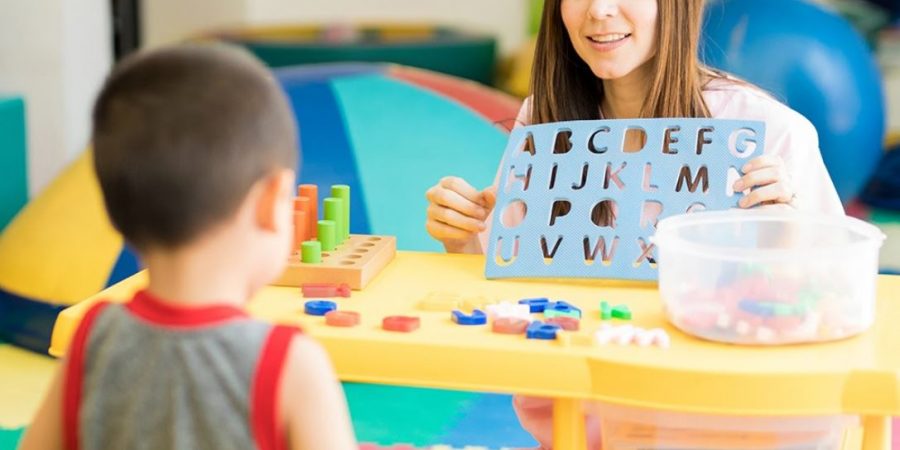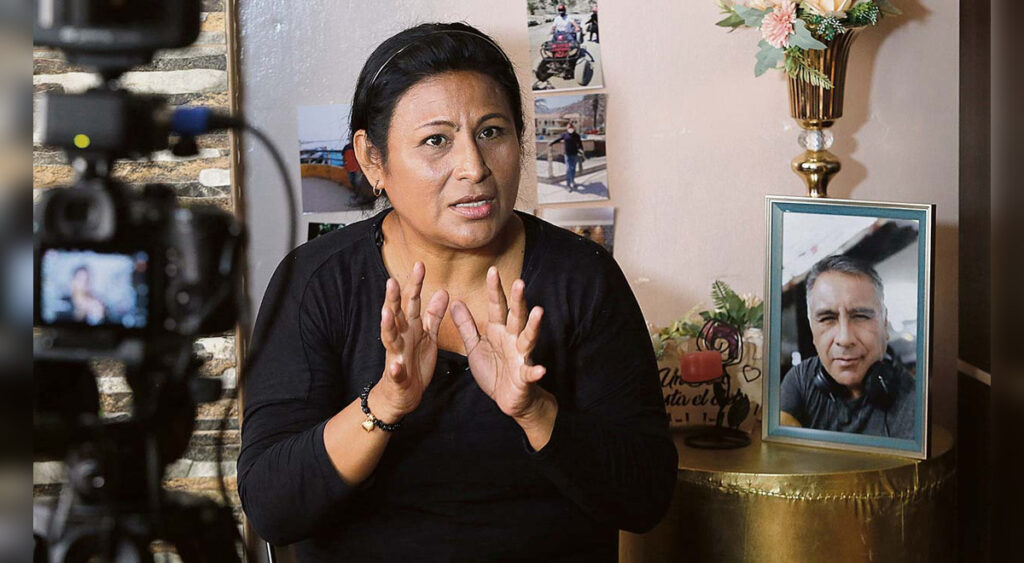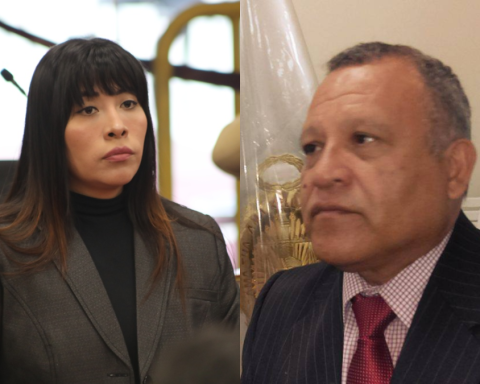By Juan Riveros (@JuancitoRiveros)
Many of the parents decide that their children abandon speech therapy at the time they enter daycare or school, thinking that one thing replaces the other.
The mistake made in these cases is that parents believe that daycare or school serves to supplant speech therapy, and it is clearly proven that this is not the case and both things must be worked on together.
In this regard, and in contact with Nación Media’s TODAY, Speech-Language Pathologist Amanda Acuña stated that school is too useful for children to interact with their environment, learn through models, and interact with their peers. However, speech therapy consists of specific activities that should not be neglected.
It should be remembered that Phonoaudiology is a discipline related to Health Sciences, which It covers various areas such as speech, language, voice, hearing, among others.
The attorney further stated that, in speech therapy we work with specific objectives to enhance the child’s language skills.
He explained that, The speech pathologist must make a report to the teacher, either orally or in writing, with suggestions or goals that the child must achieve, as well as the strategies that can be used in the classroom. The report should also be given in the opposite direction, to assess student learning.
On the point, he mentioned the importance of teachers making referrals to the speech pathologist early, according to their evolution and thus correctly treat alterations in language development.
“At the beginning of the school stage, other objectives are added, depending on the challenges outlined by the teacher, the family’s expectations in relation to the school and what is happening in the development of the therapy,” explained the professional.
He also highlighted that one of the myths is that, upon entering school, the boy will learn to speak. “The child has to start speaking at the right time. At 12 months the first words of him, then at the age of 1 year 6 months about 25 words, at 2 years 50 words and so on. In the nursery he will learn other skills, but it does not replace speech therapy work,” he stressed.
It is also important to mention that the evolution of children with alterations in their language development depends on the moment of the detection and initiation of treatment. In this sense, the lawyer mentioned that, when the stimulation process begins earlier, there will be a greater use of the neuronal plasticity of the child and, therefore, a better prognosis.
ALARM SIGNS
Between the first and second year of age: lack of babbling, little response to speech or sounds, minimal or no attempts at communication.
Between 2 and 3 years: little interaction, poor vocabulary, little reaction to spoken language of adults and stagnation in the development of their language.
Between 3 and 4 years: when the child uses single words or when close relatives cannot understand the child’s speech.
Between 4 and 5 years: abnormal interaction, the child’s sentences do not have more than two or three words and when close relatives cannot understand more than half of the words spoken by the child
From 5 years: Difficulty telling a story coherently Difficulty remembering and following verbal instructions and poor interactive ability.
The entrance Language problem: warning signs, when to consult and the school factor was first published on newspaper TODAY.
















